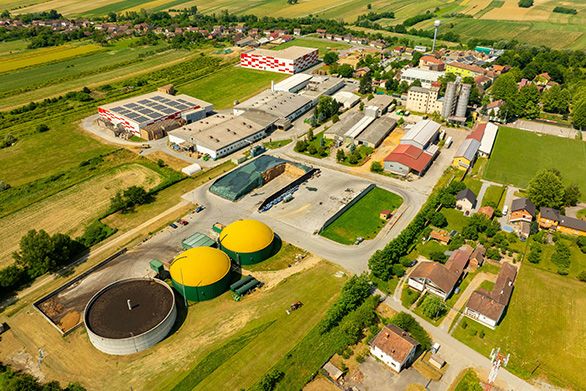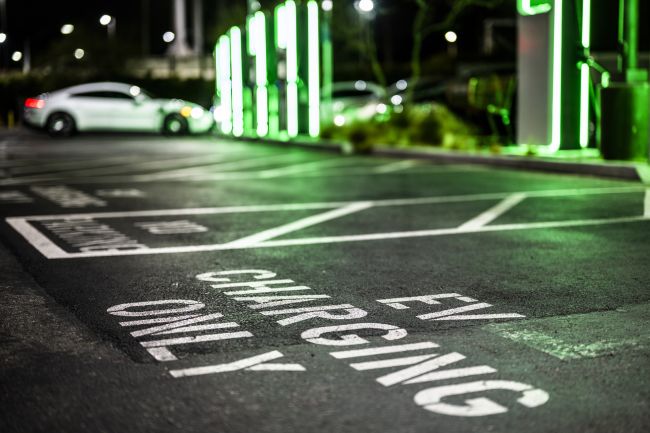Comprehensive Spending Review: What is the outlook for transport, housing and infrastructure?
CSR 2025 boosts housing, transport, energy; delivery, private investment, and public support are key.

This week’s Comprehensive Spending Review (CSR) saw Chancellor Rachel Reeves set out spending priorities and constraints for both capital and day-to-day spending until 2029, in a speech which focused largely on areas outside of London and the Southeast.
A widely trailed figure of £113 billion will be invested over the next 10 years for a ‘decade of national renewal’ while daily expenditure is to be funded through tax receipts only. Big winners included health, defence and housing, but decisions around energy and transport show these areas are part of the Government’s impetus for economic growth.
- £14 billion for the nuclear power station Sizewell C in Suffolk and over £2 billion for developing modular nuclear reactors.
- £15 billion for transport networks in regions of England, including Greater Manchester, South Yorkshire, West Yorkshire and the West Midlands.
- A new local growth fund, including 10-year settlements for Mayoral Combined Authorities with the highest agglomeration potential, and a Growth Mission Fund to directly support local growth worth £240 million.
- Renewed commitment on rail, including East to West Rail, the TransPennine Upgrade, as well as a new announcement on Midlands Rail Hub in Birmingham, with £445 million for rail in Wales.
- Commitment to a third runway at Heathrow and stated support for the regional Doncaster Airport.
- £39 billion for social housing and £10 billion of financial investments to unlock new homes.
- A revised Treasury Green Book to support place-based business cases will be released in June 2026, with Mayoral Combined Authorities taking part in the steering group for its implementation.
- Commitment to carbon capture and storage (CCUS) in Aberdeenshire, Humberside, Teesside and Merseyside.
- Day-to-day spending – or RDEL - will reduce across multiple departments, including the Department for Transport (DfT), which could see pressure on services and fares in the future.
- £1.4 billion for electric vehicles (covering private and commercial vehicles) and $400 million for charging infrastructure.
As always, Steer’s focus is on the sectors and clients we serve and how the CSR will impact them. At a time when capital spending is running high, an emphasis on delivery is key to ensure money is not wasted. Below are our key takeaways:
Regional transit development is a priority, but delivery is key
For half a decade now, there has been proactive support in terms of active travel and public transport funding. This looks set to continue with the newly named Transport for City Regions (TCR) replacing the City Region Sustainable Transport Settlements (CRSTS) and offering multi-year funding for upgrading transport networks. However, now it is incumbent on Combined Authorities to deliver. It may be that some decisions by the Government (for example, the Greater Manchester tram extension to Stockport) have been taken due to the immediate viability of their delivery rather than their benefits.
Will ‘a new nuclear age’ help us to Net Zero?
The Government target for emission reduction is 68% by 2030, 81% by 2035, and Net Zero by 2050. The energy transition will see electricity use double by the middle of the century, with nuclear set to make up 10% of this clean energy mix. While the funding for nuclear has been taken from the budget of Great British Energy there were commitments such as £80 million for floating offshore wind in Port Talbot and a separate £13.2 billion for home insulation.
Question marks remain for housing
The £39 billion for affordable housing will be a significant benefit to housebuilders, especially those that deliver volume sites where affordable housing can represent between 35% and 50% of the build. The extra money will also help housing associations buy the units which developers have already built or have planning approval for. This helps schemes get up and running and brings in revenue to allow them to deliver much-needed housing units and associated infrastructure. However, planning bottlenecks remain; it is taking nearly three times as long to determine planning applications as it did in 2014, and Section 106 sign-offs take at least 16 months. To deliver the headline, 1.5 million homes, this must be resolved.
Infrastructure associated with development is still a pressing issue
The ‘elephant in the room’ when we talk about delivering 1.5 million homes remains the attending infrastructure. There is concerted government-wide progress to deliver electricity via the CP2030 mission, but there remain questions around water, where investment has been lacking. The Government has pledged the first new reservoir in 30 years, but funding for this kind of large-scale infrastructure (similar to that in the rail industry) is difficult to find. United Utilities' ability to close and deliver the £3 billion Haweswater Aqueduct Resilience Programme (HARP) will be a first test of many.
Private sector financing and participation
Big infrastructure projects and housing are dependent on private finance to proceed at pace. The spending review targeted specific sectors for private sector investment (housing, energy and nuclear), and there is, in addition, a target for £1.5bn private investment into Research & Development. Perhaps a rapprochement can develop where the private sector is able to convince on its risk taking for competent delivery of assets and in-life efficiency.
How do we build public support
Arguably, the most pressing issue that could affect this Government’s project is public support. Infrastructure, transport and housing all offer tangible change in the future but also cause inconvenience and displeasure in the present. Achieving public buy-in is essential (particularly for transport changes which require attending behaviour changes to make them a success), and we need to focus on providing a vision that reflects what people want for their communities in the short, long and medium term.






















